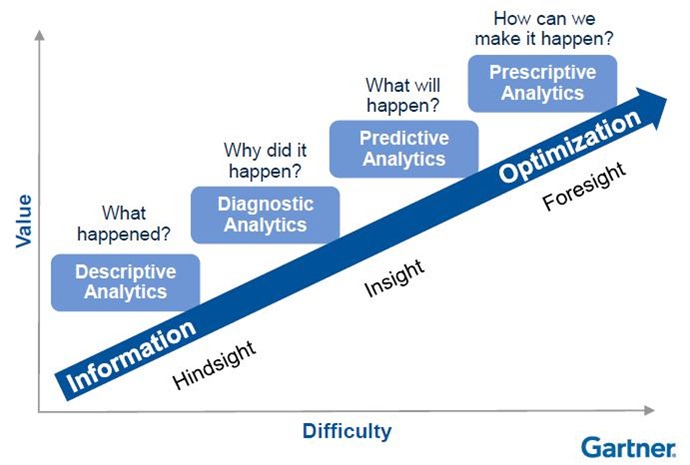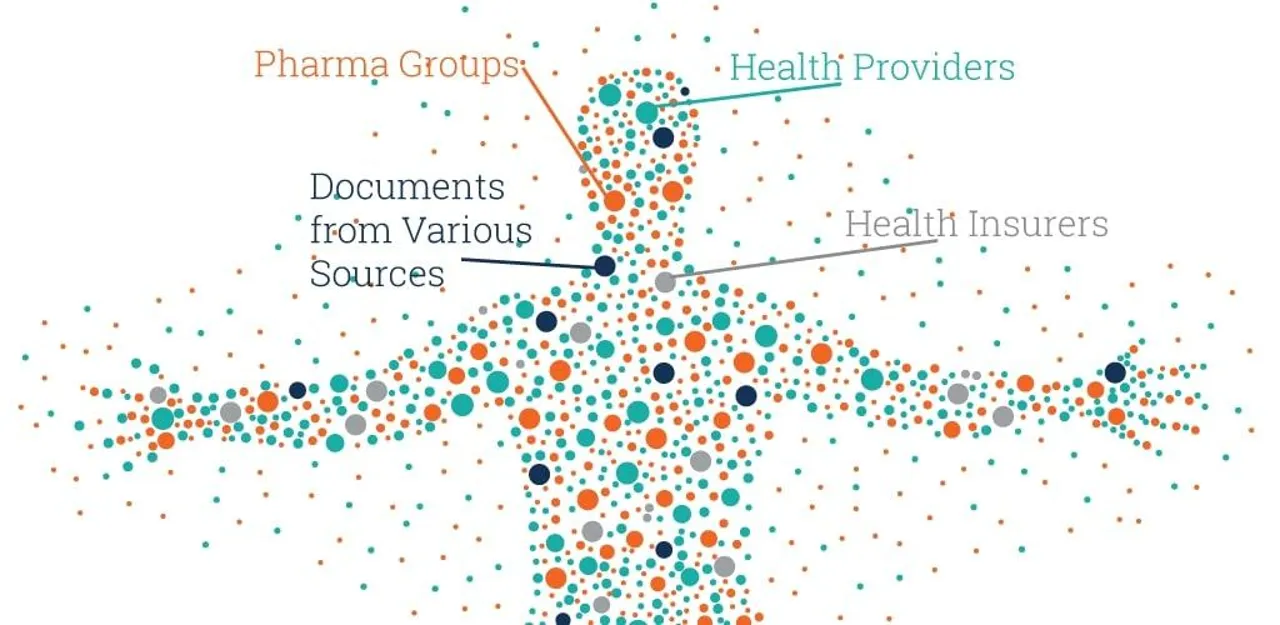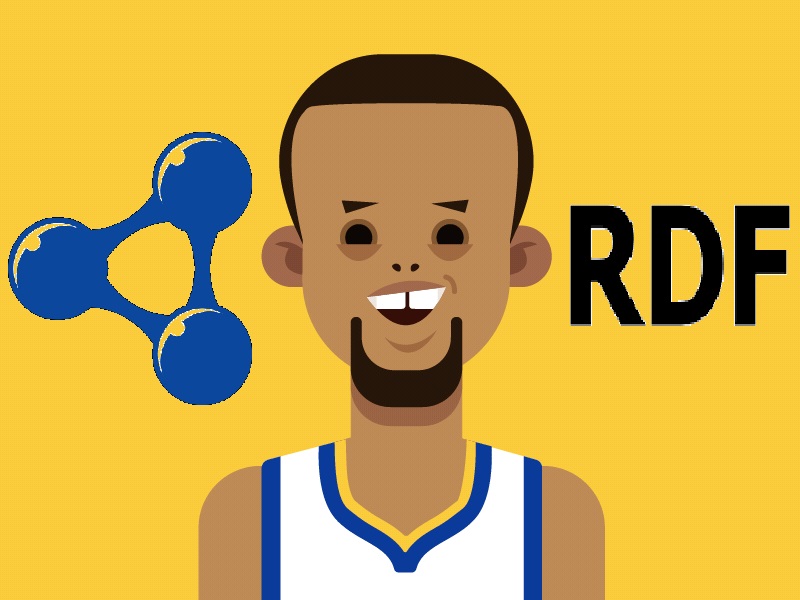Data to analytics to AI: From descriptive to predictive analytics

Artificial Intelligence (AI) seems to be the buzzword du jour for organizations, but this is not an obvious or straightforward transition even for those building advanced products and platforms. Many organizations are still struggling with digital transformation to become data-driven, so how should they approach this new challenge?
Last week saw a number of interesting events in Europe, including Big Data Spain in Madrid and GOTO in Berlin. Both had presence from key industry figures and organizations, were well-attended (in the range of 1000 participants give or take), well-organized, and forward-looking.
And both highlighted in a very real way the advent of AI in the lives of everyday technical and business people, reflected in the program of the events and the interest AI-related topics attracted.
For most however, AI remains elusive and/or misunderstood. What exactly is AI, how do we get there, and what is it good for, in practical terms?
By now, analytics have become widespread and are rather well understood and used successfully in many organizations. So perhaps this would be a good starting point for organizations to embark on their AI journey, according to Ramkumar Ravichandran, director, Analytics & A/B Testing at Visa.



